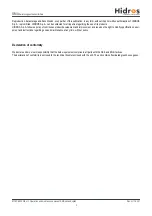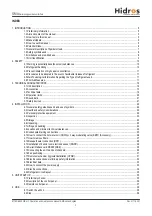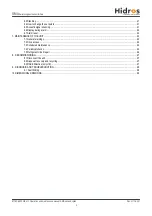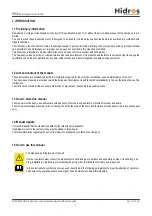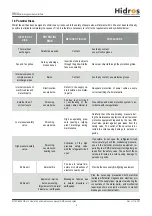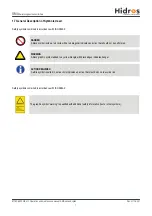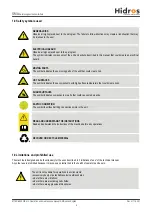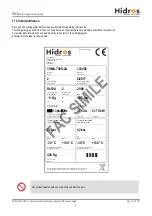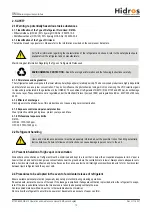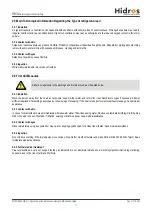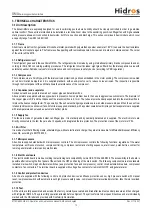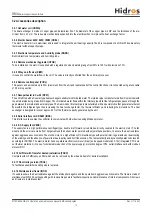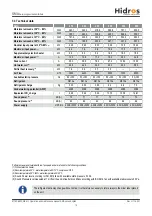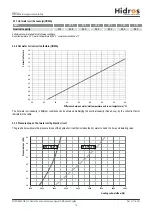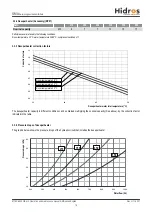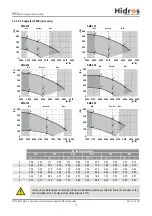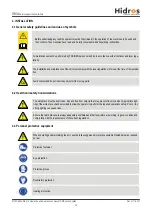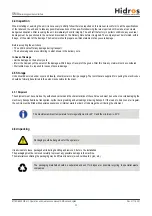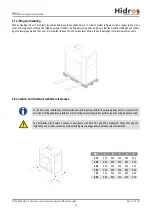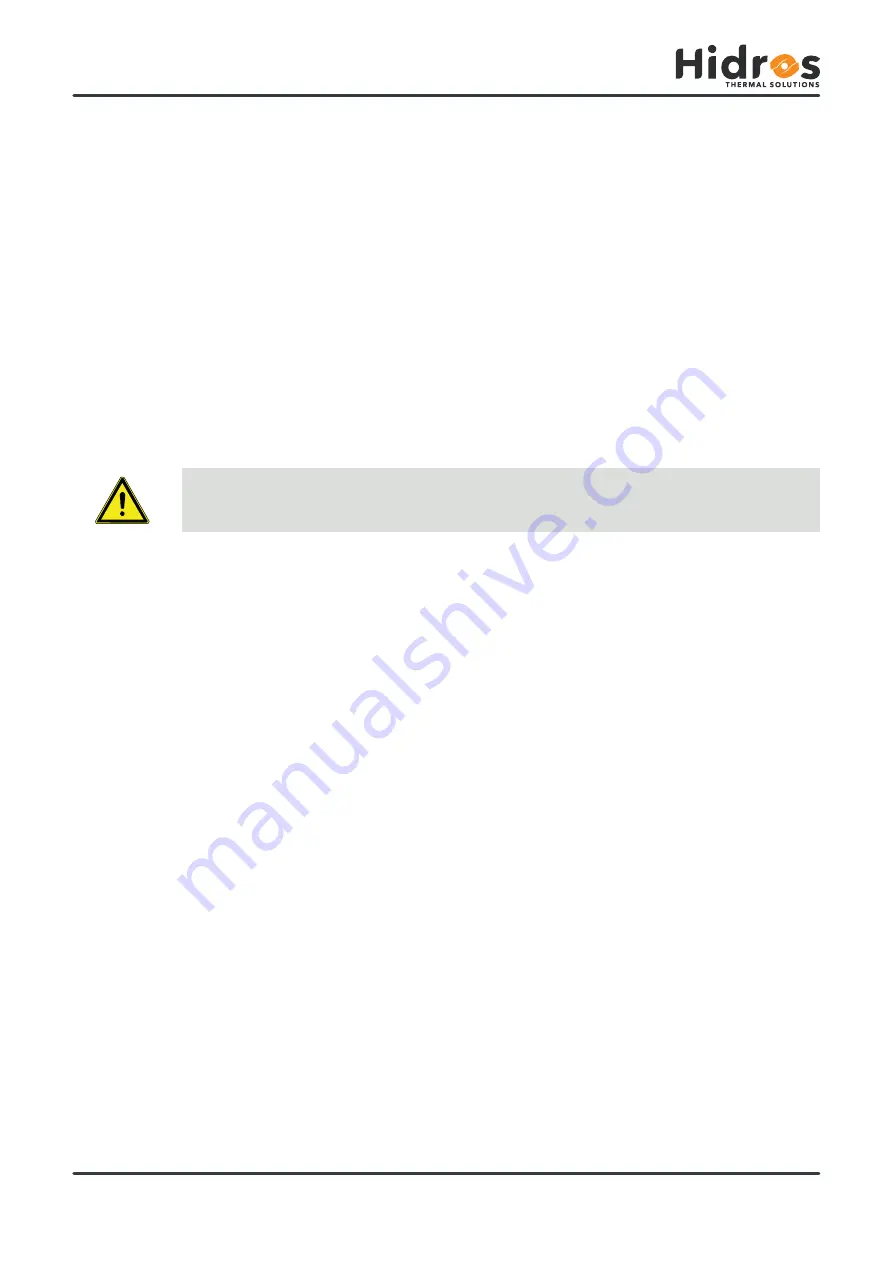
Rev. H 11-2021
11
MTEC.6800.GB-H-1 Operation and maintenance manual SMA series English
SMA
6ZLPPLQJSRROGHKXPLGL¿HUV
0DLQ7R[LFRORJLFDO,QIRUPDWLRQ5HJDUGLQJWKH7\SHRIUHIULJHUDQWXVHG
2.5.1 Inhalation
A high atmospheric concentration can cause anaesthetic effects with possible loss of consciousness. Prolonged exposure may lead to
irregular heartbeat and cause sudden death. Higher concentrations may cause asphyxia due to the reduced oxygen content in the atmo-
sphere.
2.5.2 Contact with skin
Splashes of nebulous liquid can produce frostbite. Probably not hazardous if absorbed trough the skin. Repeated or prolonged contact may
remove the skin’s natural oils, with consequent dryness, cracking and dermatitis.
2.5.3 Contact with eyes
Splashes of liquid may cause frostbite.
,QJHVWLRQ
While highly improbable, may produce frostbite.
2.6 First Aid Measures
2.6.1 Inhalation
2.6.2 Contact with skin
Move the person away from the source of exposure, keep him/her warm and let him/her rest. Administer oxygen if necessary. Attempt
DUWL¿FLDOUHVSLUDWLRQLIEUHDWKLQJKDVVWRSSHGRUVKRZVVLQJVRIVWRSSLQJ,IWKHKHDUWVWRSVSHUIRUPH[WHUQDOKHDUWPDVVDJH6HHNPHGLFDO
assistance.
In case of contact with skin, wash immediately with lukewarm water. Thaw tissue using water. Remove contaminated clothing. Clothing may
stick to the skin in case of frostbite. If irritation, swelling or blisters appear, seek medical assistance.
$GKHUHVFUXSXORXVO\WRWKHZDUQLQJVDQG¿UVWDLGSURFHGXUHVLQGLFDWHGEHORZ
2.6.3 Contact with eyes
,QJHVWLRQ
2.6.5 Further medical treatment
Rinse immediately using an eyewash or clean water, keeping eyelids open, for at least ten minutes. Seek medical assistance.
Do not induce vomiting. If the injured person is conscious, rinse his/her mouth with water and make him/her drink 200-300ml of water. Seek
immediate medical assistance.
Treat symptoms and carry out support therapy as indicated. Do not administer adrenaline or similar sympathomimetic drugs following
exposure, due to the risk of cardiac arrhythmia.


